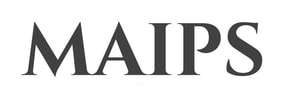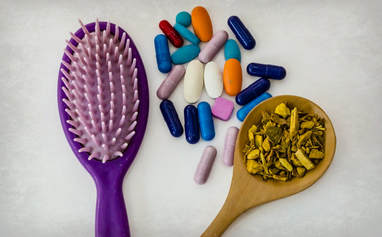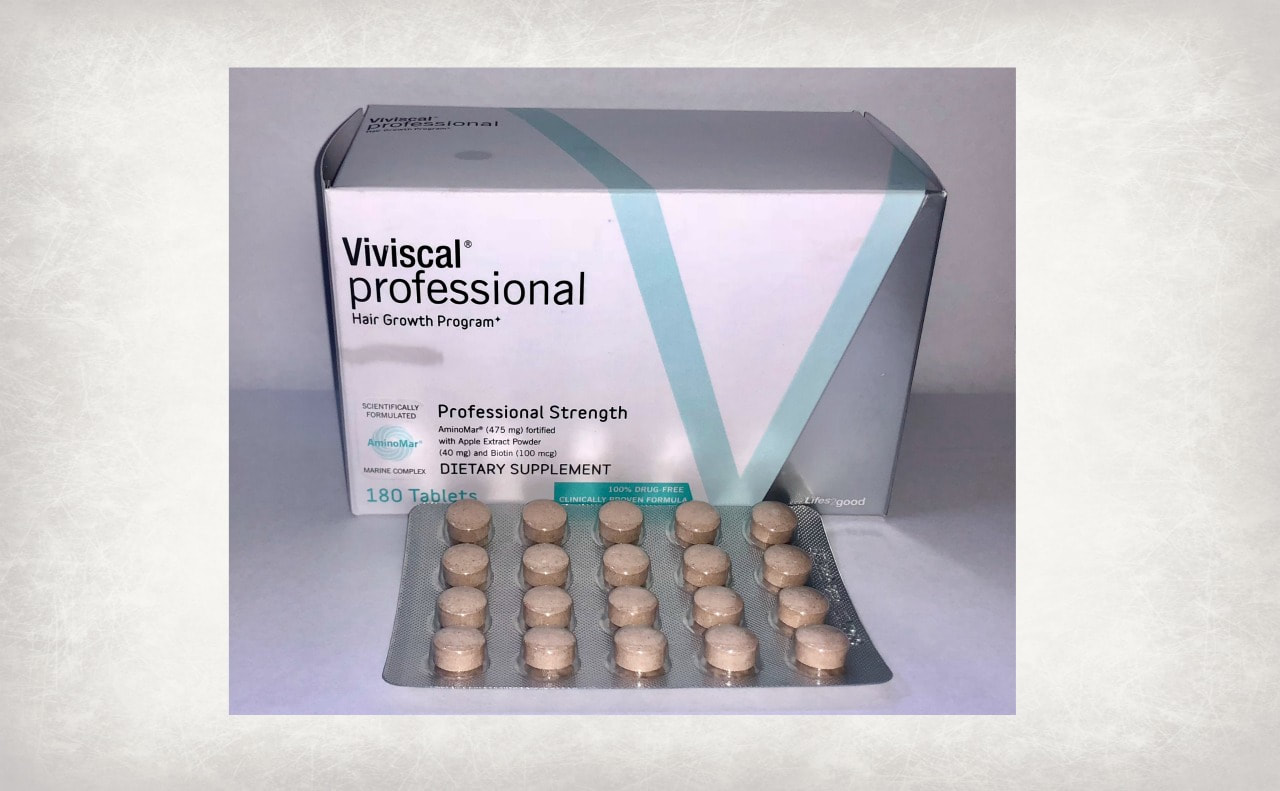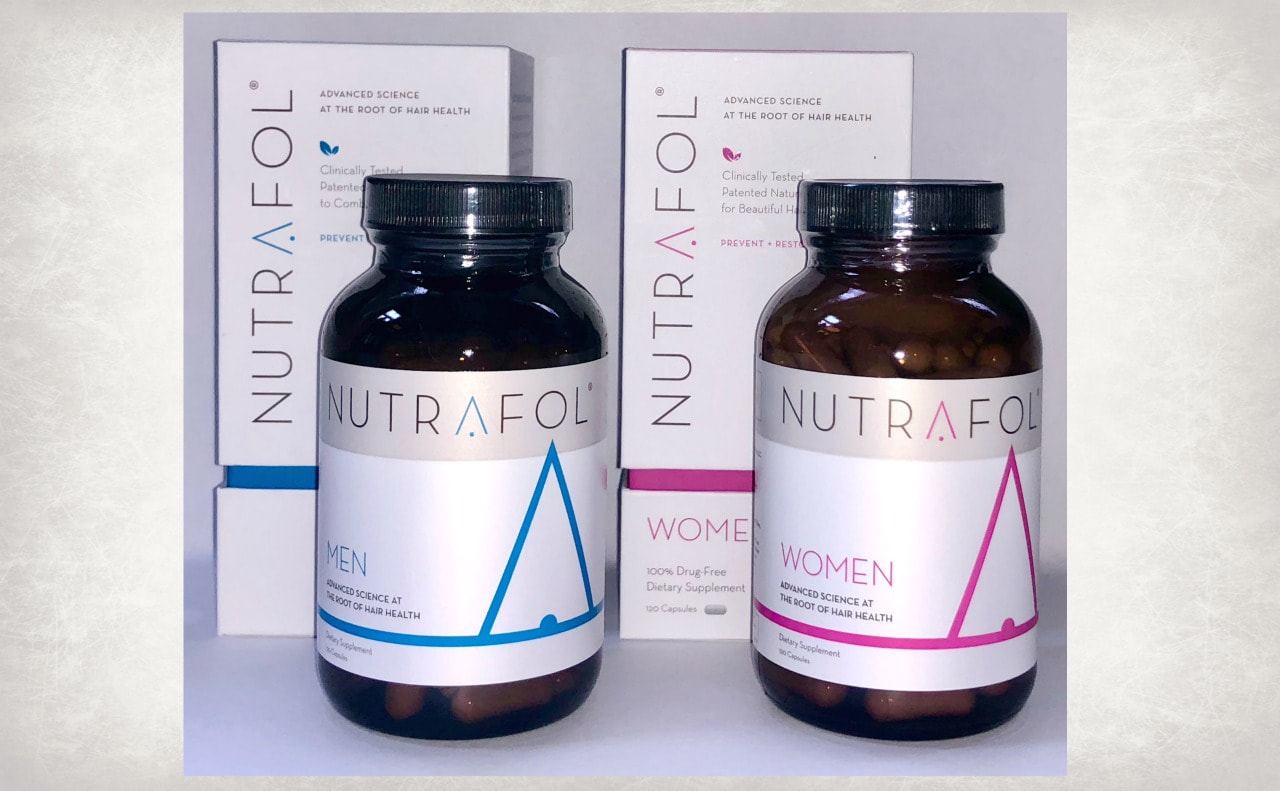Oral Supplements and Drugs for the Hair Loss and Hair Thinning Treatment
|
Oral Supplements are the least expensive, least invasive, easiest to use option for the hair loss or thinning management and treatment. It is a good starting point for someone who is looking for a solution to hair thinning.
The oral drug, Finasteride, is also easy to use, likely more effective, especially for the androgenetic alopecia and frontal fibrosing alopecia, though carries the risk of undesirable side effects. |



